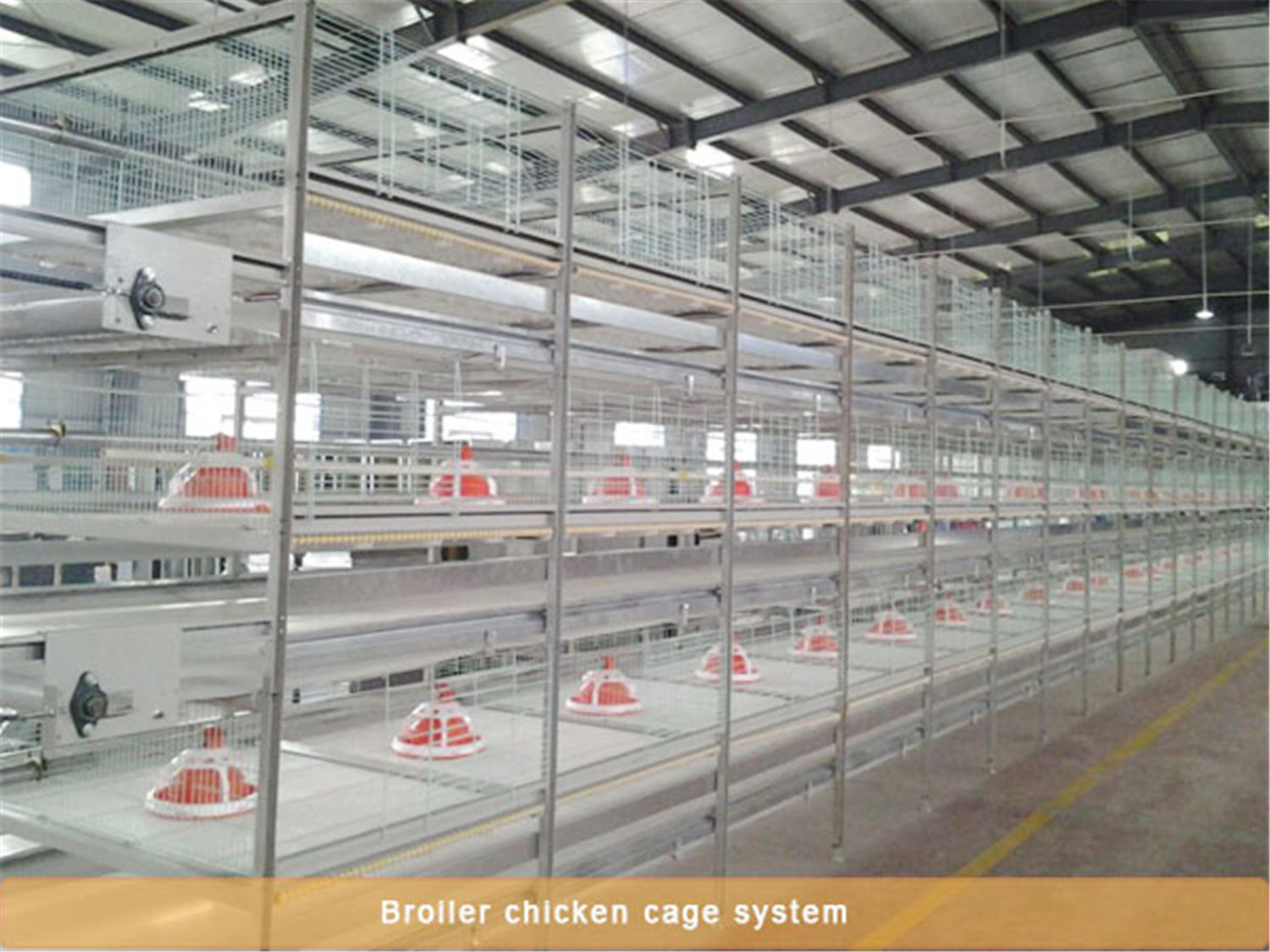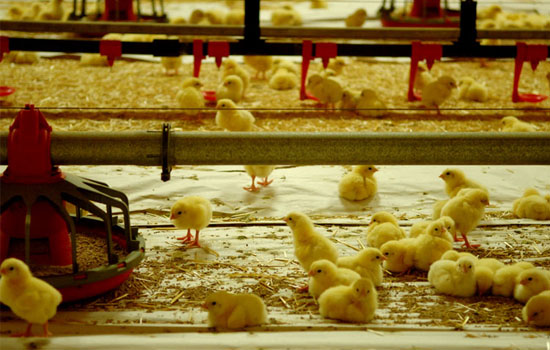How to set the temperature of the chicken house?
- Published in Method of breeding chicken
In the process of raising chickens, Many farmers choose automated breeding equipment for breeding,the temperature of the chicken house is one of the important factors, which can affect the health of the entire chicken flock. No matter what kind of chicken it is, the demand for temperature is very high, and a little carelessness will cause disease. The temperature required in the different breeding stages of the chicken flock is also different. Chicken farmers must do well in breeding according to this standard, so that the chicken flock can grow better and produce higher benefits. The majority of chicken farmers can set the temperature based on the performance of the chickens. What are the aspects?

1. Group performance
The appropriate temperature is that the chickens are evacuated evenly, the body is stretched, and some chickens breathe with their mouths open as an indication. If they accumulate away from the heat source, the breathing rate will increase, especially the chest breathing, which is mostly too high; if it is close If you get together away from the heat source, the respiratory rate decreases, and the temperature is mostly too low. However, the premise of this indication is that the humidity is appropriate and the flock is healthy. If these two premises are lacking, it cannot be fully referenced.
2. Individual performance
If we enter the chicken house and find that there are many chickens stretched out, but the neck hair is upside down, the head is pierced or the neck is stretched down, it is mostly due to low humidity and high temperature that cause pneumonia. If you touch the wings with your hands and your abdomen is hot, you need to provide a relatively low temperature at this time. On the contrary, if you feel cold when touching the chicken body with your hands and your legs are blue, you need to provide a higher temperature.
3. Anatomical observation
Through the dissection of sick and dead chickens, we not only need to find the pathological changes of the viscera, but also to find the cause of the disease. Whether the temperature is appropriate or not, there is a better indication. If the trachea is dilated, elastic, or even bright red bleeding, there is thick sputum in the bronchus, the lungs are bright red or whitish, the volume is not shrinking, and there is foul-smelling water discharged from the stomach, the temperature is usually too high. On the contrary, the trachea is tense, there is phlegm in it, black blood stasis and necrosis in the lung, the water in the stomach is clear and odorless, and the stomach wall is black. Mostly the temperature is low.
The above is the introduction of knowledge about chicken. The proper temperature in the chicken house can make the chicken body stretch better. If the respiratory rate of the chicken is found to be too fast or too slow, the chicken house is a problem. In addition, if chickens have their heads down or their necks constantly stretched, chicken farmers should pay attention. Excessively high or low temperatures can cause discomfort to the flocks and cause pneumonia and other symptoms. In addition, it can also remove the sick and dead chickens to find the cause of the disease. The majority of chicken farmers can make judgments based on the actual situation of their own breeding.






